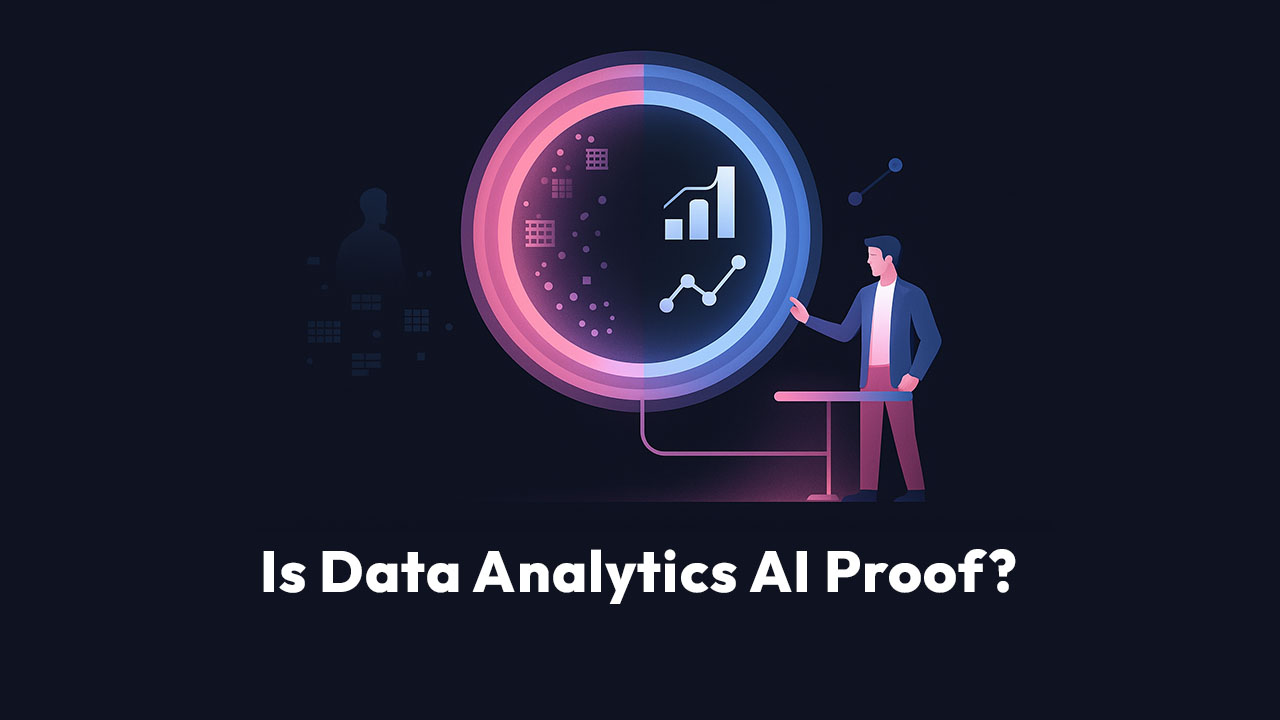Your heart sinks. You instantly know what that means: an at-risk account. But then comes the immediate, far more difficult question: Why? That 30% usage decline? It’s not the problem. It’s a symptom.
Your dashboard is doing its job. It shows you the numbers. But you already know the harder part isn’t spotting the drop—it’s explaining it. Most CS dashboards are brilliant at surfacing metrics. They’ll tell you what happened – the usage dipped, the login count fell, a key feature adoption stalled. But they rarely tell you why it happened. You're left staring at a number, desperately trying to reverse-engineer the root cause, guessing at the underlying behavioral shifts, and hoping your intervention isn't too little, too late. The frustration mounts as another valuable customer slips away.
CS teams have spent years building health scores, flagging drops in engagement, tracking logins, and NPS trends. But metrics alone don’t explain behavior. They show you what changed, not why it changed. Without that deep diagnostic insight, every conversation is a shot in the dark, and every retention effort feels like reactive firefighting. Manual investigation is slow, not scalable across your entire customer base, and prone to missing the subtle, multi-faceted signals that truly indicate disengagement. And if you can’t isolate causality, your retention strategy is based on inference, not intelligence.
This is exactly the wall Scoop is built to break through.
Surface-Level Metrics Don’t Drive Retention—Causality Does
Let’s call this out clearly: Usage metrics without context can be dangerous. They trigger alerts. They spike concern. But they don’t tell you what to do to save the account.
Here’s why:
- They tell you what happened—not why: Logins dropped. Okay. But was that caused by a champion leaving? A change in user role? Feature friction? A lack of perceived value? You’re left guessing, playing a costly game of whack-a-mole.
- They encourage generic responses: A flagged health score might prompt a “just checking in” email. But without knowing the underlying cause, that message lands flat—or worse, exposes a problem the customer wasn’t even focused on, eroding trust.
- They scale poorly: For large accounts, you might investigate deeply. But what about the long tail of SMBs? What about the mid-market? You can’t triage a hundred accounts manually every week and expect meaningful results.
- They ignore interaction patterns: A dip in logins doesn’t mean disengagement if the user moved to higher-value features. A usage “spike” might be masking unproductive behaviors. You need patterns—not isolated data points.
Here’s the hard truth: churn often begins with a subtle behavioral shift, not a usage cliff. By the time a number changes, the underlying pattern has already set in. And traditional tools weren’t built to detect that. They show you the flat tire, not the nail.
The Problem with Black Box Predictive Tools
Some CS platforms offer churn prediction. But ask yourself: what happens when they flag an account?
- Do they explain why it’s at risk?
- Do they tell you what action to take?
Or do they just give you a score, a color code, a label—without transparency?
That’s the black box problem. Models make decisions, but don’t surface rationale. And in Customer Success, that’s a dealbreaker. You can’t justify strategic outreach, executive escalations, or playbook interventions without being able to articulate what’s driving the concern. It strips your CSMs of confidence and turns their work into guesswork.
You need explainable AI—not statistical mystery.
That’s where Scoop comes in.
Scoop’s Approach: Explain Patterns, Not Just Predict Risk
Scoop’s AI Data Scientist was built for one purpose: to replace guesswork with clarity. It’s not here to hand you another metric—it’s here to reveal what’s changing, why it matters, and what to do next. It provides the context and causality your team craves.
Here’s how it works.
1. Holistic Signal Detection
Scoop ingests product usage logs, CRM interactions, ticketing data, customer feedback, even billing changes—everything that reflects the customer’s operational footprint. Then it uses its Explore Predictors engine to identify behavioral inflection points and risk patterns across that entire footprint.
But it doesn’t just flag deviations. It explains them in context:
“Customer ABC stopped using the Reporting Dashboard after Jane Doe (Admin user) churned. This feature previously drove 70% of engagement and correlates with retention in 82% of similar accounts.”
That’s not just an alert. That’s a story with a clear protagonist and a turning point.
2. Comparative Behavior Analysis
One of the most powerful things Scoop does is compare accounts—not based on surface metrics, but based on structural and behavioral similarity.
With Explain & Analyze a Group, Scoop contrasts:
- “Healthy” vs. “Declining” cohorts: What distinguishes retained customers from churning ones within the same segment?
- “Before vs. After” patterns: What changed in a specific account’s behavior over time, identifying the moment of inflection?
- “Primary vs. Secondary” usage: What features drive sustained engagement, and which precede drop-off?
This is how you identify not just who is at risk—but why similar accounts succeed or fail. That’s where strategic interventions begin, allowing you to learn from every customer journey.
3. Multi-Factor Risk Mapping
Most churn isn’t caused by one event—it’s an accumulation of subtle shifts. Scoop connects those dots, seeing the bigger picture that your tools miss. It looks at:
- Sequences of events: Did risk start after a key user churned, and product usage then shift?
- Behavioral combinations: Are users only logging in passively, without engaging core, value-driving features?
- Segment-wide signals: Is an entire customer segment showing a drop-off in adoption of a specific workflow, indicating a broader trend? These compound risk patterns aren’t visible through filters or thresholds. They require pattern recognition across time and structure—and that’s where Scoop’s clustering models shine, giving you a truly comprehensive view.
From Diagnosis to Action: What Scoop Makes Possible
The goal isn’t just to know what’s wrong. It’s to act on it—quickly, precisely, and at scale. Scoop connects the “why” to a tactical path forward:
- Re-onboard proactively: If Scoop shows a new user replaced a champion and missed early activation steps, you can immediately trigger tailored training and outreach before value drops off.
- Drive feature recovery: If Scoop reveals a key value-driving feature has gone dark, your CSM can address it directly with specific guidance, not assumptions.
- Escalate when needed: If a high-risk behavior follows a stakeholder departure, you know it’s time to engage executives—you don't wait for the renewal conversation.
- Inform product: If multiple accounts show disengagement around a specific feature, CS can surface it to product with pattern-backed evidence, turning a customer problem into a product opportunity.
Every play becomes smarter, more targeted, and grounded in why it matters. Your CSMs can move with newfound confidence.
Real-World Patterns That Matter
Scoop has seen and surfaced thousands of usage shifts. Here are just a few that CS teams consistently miss—until it’s too late:
- Silent churn signals: A 25% drop in logins gets attention. But a 40% drop in report exports? Often ignored. Scoop spots' usage quality declines long before the volume dips.
- Feature adoption stalls: Users stop engaging with onboarding flows after week two. Scoop catches the early plateau—and pinpoints the drop zone, allowing for timely intervention.
- Segment-level disengagement: A specific industry cohort starts underutilizing a core integration. Scoop highlights this early, before you assume the campaign was fine, letting you craft targeted re-engagement.
- Post-onboarding drop-off: The customer passed onboarding but never completed the success workflow. The account looks “healthy” by score—but Scoop sees the activation gap that leads to long-term risk.
From Metrics to Precision Retention
The impact of this shift is massive.
With Scoop’s transparent intelligence, CS teams gain:
- Strategic retention: You’re not just reacting to churn—you’re addressing root causes before they escalate, securing your customer base.
- Tactical clarity: You know what levers to pull. No more guesswork. No more generic playbooks. Each action is informed by direct causation.
- Scalable prioritization: Focus human effort where it will have the highest impact. Let the AI surface who needs help—and why—freeing up valuable CSM time.
- Product feedback loop: Behavioral patterns become rich feature insight. CS isn’t just reactive—it becomes a growth engine for the entire organization.
And most importantly, you get the confidence to act. Not based on suspicion—but on patterns, probabilities, and crystal-clear causal insights.
Scoop Is Your Pattern Translator
You’ve already got the metrics. What you’re missing is the map.
Scoop translates usage behavior into strategy. It bridges the gap between “this customer is at risk” and “here’s what’s actually happening.” And it gives you that insight fast—without needing an analyst, without digging through raw logs, and without relying on a black-box model you can’t explain to your team or your leadership.
This is what Customer Success needs next: AI that clarifies, not mystifies.
The future of CS isn’t just visibility. It’s a diagnosis. It’s insight. It’s precision retention.
{{Call Out Component}}








.png)